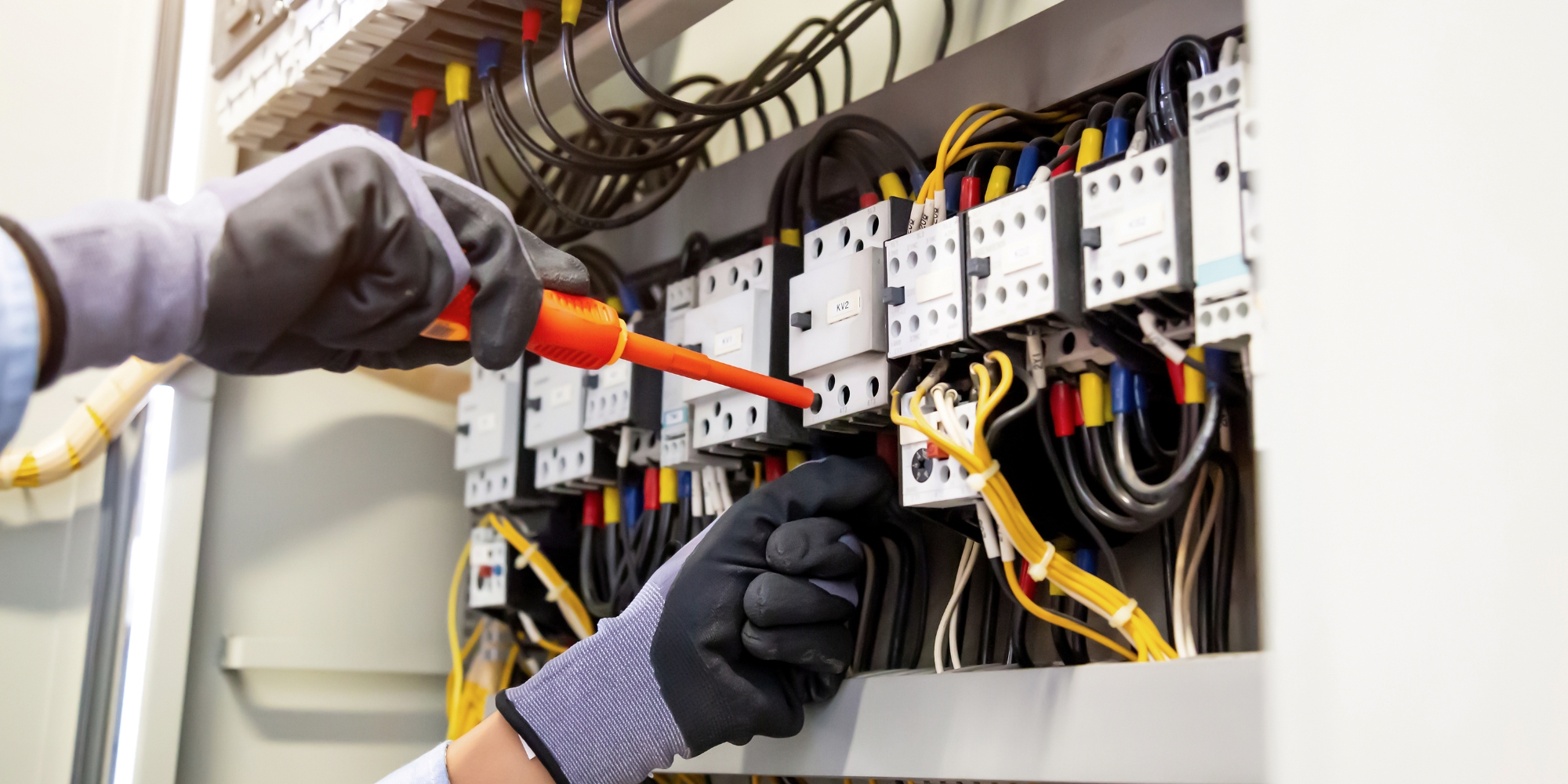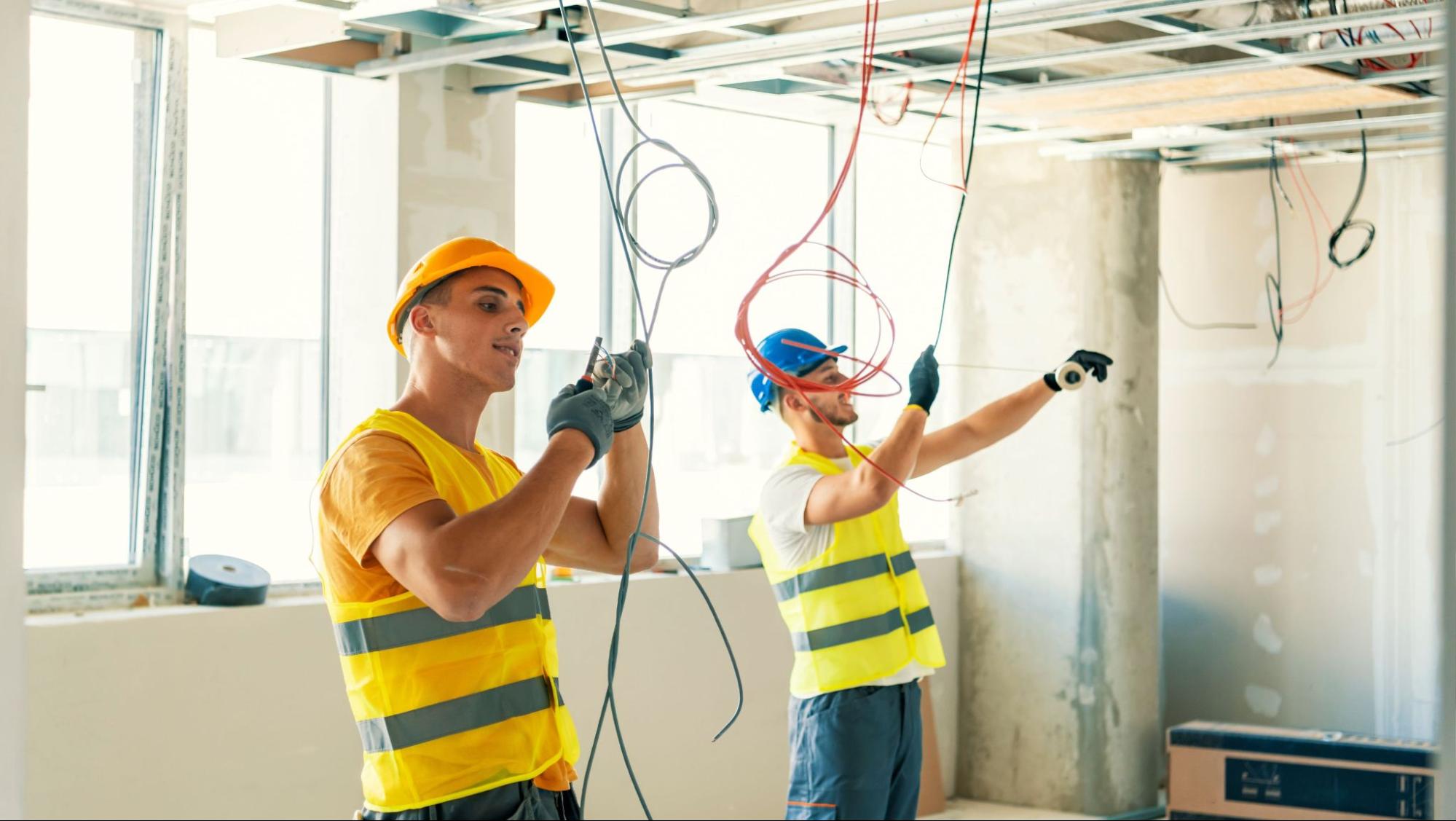
Wiring a house is a crucial aspect of home construction and renovation that often goes unnoticed until something goes wrong. Whether you’re building a new home or updating an existing one, understanding the basics of home electrical wiring can save you time, money, and potential safety hazards down the line.
From choosing the right gauge electrical wiring to planning your electrical layout, there’s a lot to consider when tackling this essential home improvement project.
This guide will walk you through the key aspects of home electrical wiring, helping you make informed decisions about whether to DIY or call in the professionals in house wiring electrical cables.
Get ready to rev up your power independence!
Tired of unsustainable energy habits?
Break free with YellowBall Electric + Generators!
Our consultation team is ready to listen, understand your needs, and craft a sustainable energy plan of electrical code and electrical wires that’s uniquely yours.
Understanding the Basics of Home Wiring Electrical Systems
Before diving into the nitty-gritty of wiring a house, it’s essential to grasp the fundamentals of how electricity flows through your home.
At its core, your home’s electrical system consists of a main service panel (also known as a breaker box), which receives power from the utility company and distributes it to various circuits throughout your house.
These circuits are protected by circuit breakers or fuses, which prevent overloads and short circuits.
The wires running through your walls carry electricity to outlets, switches, and fixtures, allowing you to power everything from your refrigerator to your bedside lamp.
The Importance of Proper Wire Gauge
One of the most critical aspects of wiring a house is choosing the right wire gauge for each circuit.
Wire gauge refers to the thickness of the wire, with lower numbers indicating thicker wires capable of carrying more current.
Planning Your Electrical Layout
Before you start drilling holes and running wire connectors, it’s essential to plan your electrical layout and outlets carefully.
This involves determining where you’ll need electrical outlets, switches, circuit breakers, and light fixtures throughout your house wiring.
This will affect the size of your main service electrical panel and the types of circuits you can install.
Code Compliance and Safety Considerations
Wiring a house isn’t just about connecting wires – it’s about doing so safely and in compliance with local building and national electrical codes and electrical panels.
One critical safety feature in modern home wiring is proper grounding.
Proper grounding is a critical aspect of electrical safety in your home, providing a safe path and mark box locations for excess electrical current to dissipate and protecting both people and equipment from electric shock and fire hazards.
Hire professional electricians like the people in YellowBall Electric + Generators to get the perfect wiring of a house that you need.
The Wiring Process: A Step-by-Step Overview
1. Plan your electrical layout and obtain necessary permits.
2. Installing the main electrical service panel.
3. The cables are run between the studs, ceiling joists, and floor joists to the outlets, switches, and fixtures.
4. Installing switch boxes and outlet.
5. Pull wires through the cables.
6. Connections are made at outlets, fixtures, and switches.
7. Connecting the circuits to the electrical main service panel.
8. Schedule inspections at various stages of the process.
Advanced Wiring Techniques and Technologies
As home electrical systems become more sophisticated, it’s important to consider advanced wiring techniques and technologies when wiring a house, especially when factoring in local dickinson electricity rates.
These can improve safety, energy efficiency, and the overall functionality of your home’s electrical system.
Smart Home Integration
When wiring a house, it’s worth considering future smart home integration.
This might involve installing additional wiring for home automation systems, security cameras, or whole-house audio.
While you can add many smart home features wirelessly, having the right wiring in place can provide more reliable and flexible options for future upgrades.
Common Mistakes to Avoid When Wiring a House
Even experienced DIYers can make mistakes when wiring a house.

Here are some common pitfalls to watch out for:
1. Using the wrong wire gauge for the circuit amperage.
2. Overcrowding electrical boxes.
3. Failing to properly ground electrical components.
Remember, mistakes in electrical wiring can be costly and dangerous. When in doubt, always consult with or hire a licensed electrician.
FAQs about Wiring A House
What Are The Steps To Wiring A House?
Wiring a house involves several key steps: planning the electrical layout, installing the main service panel, running cables, installing boxes for outlets and switches, pulling wires, making connections, and connecting circuits to the main panel.
It’s crucial to obtain necessary permits and schedule inspections throughout the process.
What Are The Three Basic Rules Of Wiring?
The three basic rules of wiring are:
1) Always use the correct wire gauge for the circuit amperage, 2) Ensure proper grounding for all electrical components, and 3) Never exceed the capacity of a circuit.
Following these rules helps maintain safety and efficiency in your home’s electrical system.
Can I Do Electrical Wiring In My Own House?
While some minor electrical work can be done by homeowners, wiring a house is complex and potentially dangerous.
Many jurisdictions require electrical work to be done by licensed professionals.
Always check local regulations and consider your skill level before attempting any electrical work.
Safe and Reliable Home Wiring
Wiring a house is a complex and crucial aspect of home construction or renovation.
While it might be tempting to tackle this project yourself, the intricate nature of electrical systems and the potential safety risks make it a job best left to professionals in most cases.
Understanding the basics of home electrical wiring, however, can help you make informed decisions about your home’s electrical needs and ensure that you’re getting quality work when you hire a professional.
Don’t wait for the next power outage or rising energy costs to make a change.
Let YellowBall Electric + Generators guide you toward a more reliable, efficient, and sustainable future with our expert services.
Contact us now to get started!


